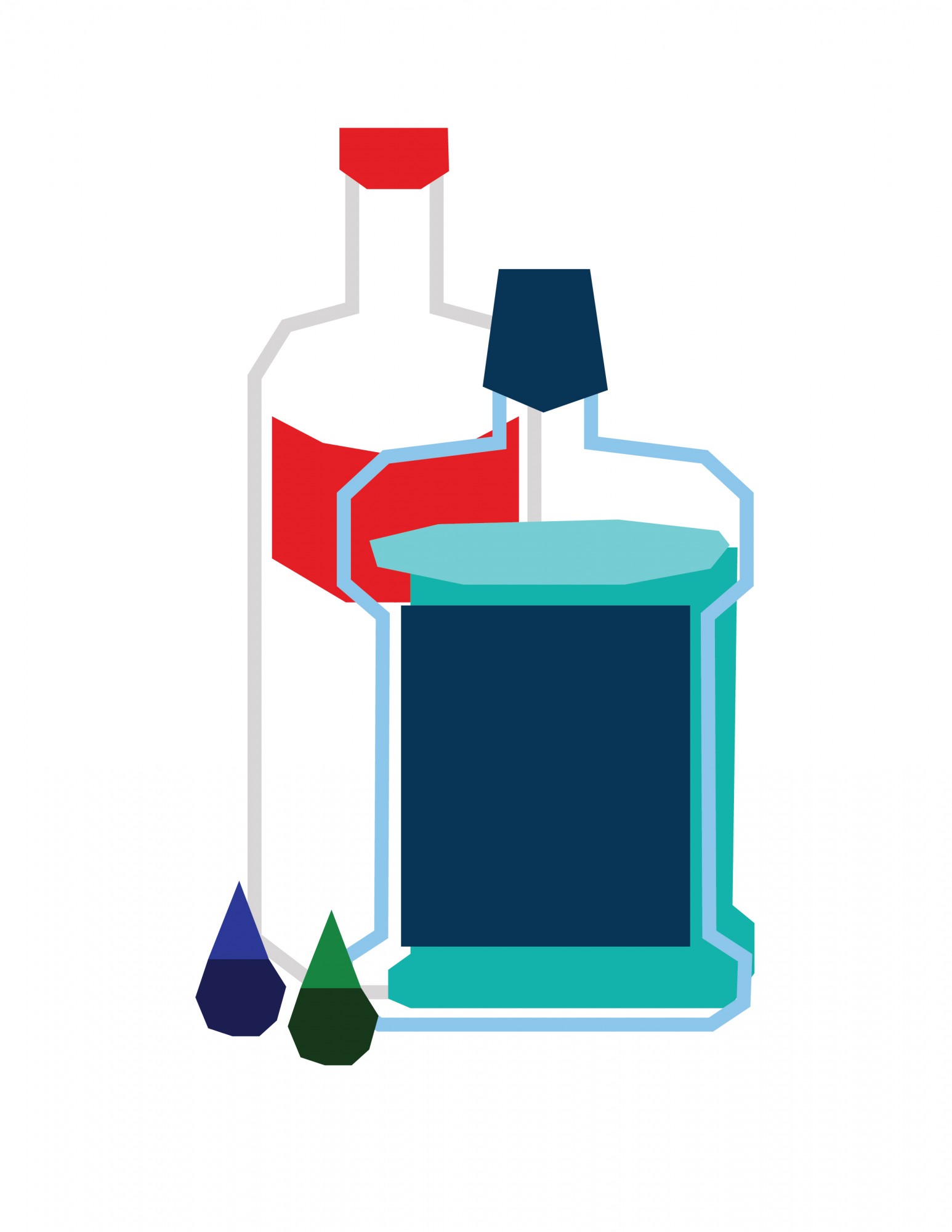University of Minnesota researchers will study data collected from bars, restaurants and sports venues to evaluate initiatives to reduce alcohol-related crime.
The data used in the study tracks the physical location of the last alcoholic drink consumed when a crime is committed with alcohol as a factor. Using the results, police and law enforcement can better address alcohol-related crime, including traffic accidents and other violent behavior. The study will evaluate the effectiveness of these data tracking initiatives.
“What the database allows communities to do is look at patterns. Let’s say you have 100 alcohol-related incidents, and you look at the place of last drink mentioned,” said Traci Toomey, the lead investigator of the project and University professor of epidemiology. “For 50 different incidents that happen in that community, one bar was mentioned. And that’s in fact what has happened in some of the communities.”
The data the researchers are analyzing are from 2010-2019 and therefore will not be impacted by the COVID-19 pandemic.
Many of these initiatives began with law enforcement agencies and have expanded to other communities and suburbs around Minnesota. With greater communication between these different departments, law enforcement can combat alcohol-related crimes, Toomey said.
“In the ideal world, there’d be this communication and sharing of information so … that the law enforcement could coordinate and try to address sources [of crimes] in communities,” Toomey said.
Lead researchers on the project, including University epidemiology professors Toben Nelson and Richard MacLehose, hypothesize that the study will show a decrease in alcohol-related crimes in communities with these data tracking methods, they said.
“We would expect that our crime, emergency medical service and traffic crash data would show a reduction in crime over time, from pre-data to post-data, compared to other communities in Minnesota that are not doing these initiatives,” Toomey said.
Alcohol plays a role in a large percentage of violent crimes, said Andy Skoogman, executive director of the Minnesota Chiefs of Police Association.
“I think we need more analysis on the effectiveness of these programs to determine their impact on alcohol-related crimes. The criminal justice system in general and crime victims in particular can only benefit from a deeper examination of these types of crimes,” Skoogman said.
Alcohol-related crimes also affect other community aspects, such as health care, hospital costs and mental health. With widespread adoption of these data tracking initiatives, alcohol-related crime and overservice of alcohol can be reduced, Toomey said.
“It’s a tool really to create change, so that we can decrease the negative availability of alcohol that is substantially contributing to these problems that are causing costs, health problems and mental health issues,” Toomey said. “They affect our communities in so many different ways.”




















